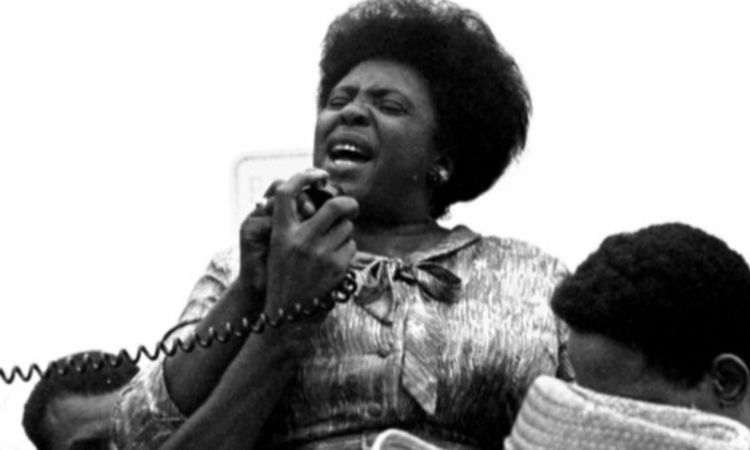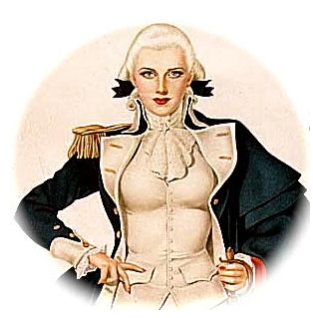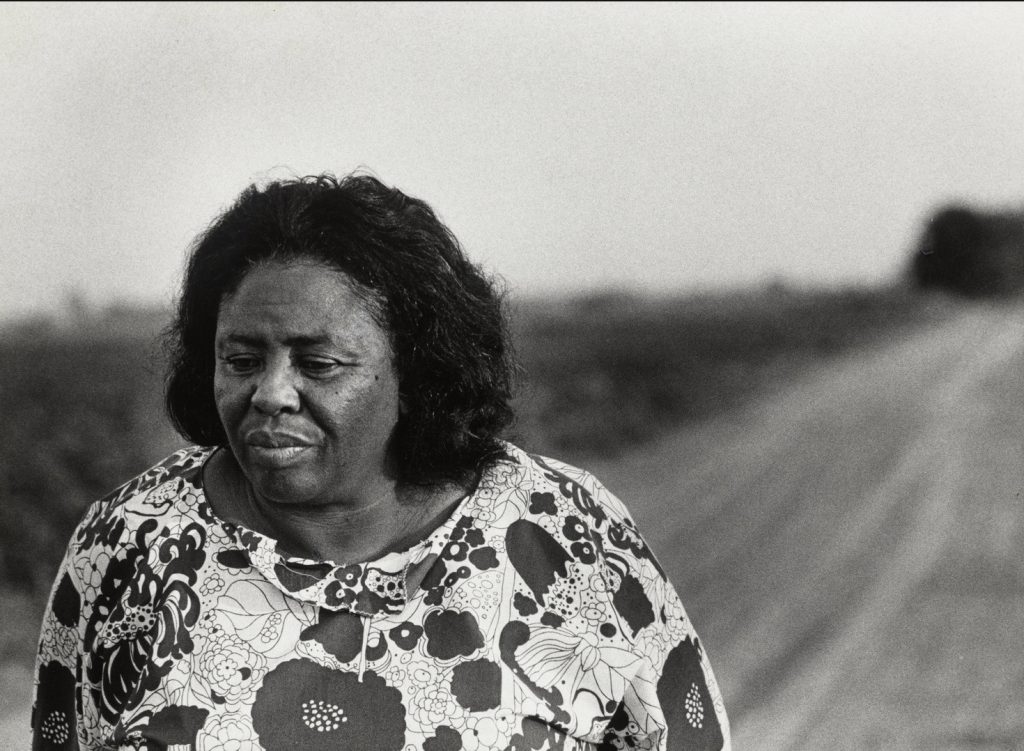
Meet the radical women who influenced some of history’s greatest presidents
This Presidents’ Day, take a look at the women who worked behind the scenes to influence the commanders-in-chief
We all know the standard line about Presidents’ Day: George Washington and Abraham Lincoln have birthdays that are close together, kind of, and so once a year everyone in America gets a day off to to spend buying used cars and refrigerators on sale. The whole thing is kind of a snooze — I mean, so we really need another holiday to celebrate some dead white dudes?
But take a closer look at American history, and it’s not all powdered wigs and white dudes with Opinions™. There were a lot of smart, strong, and totally kickass women working to make this country what it is today, and there’s no time like President’s Day to learn a little about them.

Frances Perkins
Everyone knows that Franklin Delano Roosevelt had a cool wife, Eleanor, who was a major influence in his political life. But you may not have heart about Frances Perkins, Roosevelt’s Secretary of Labor and the first woman ever appointed to a Cabinet position.
Perkins was a professor of sociology and an early advocate for women’s rights—when she got married, she thought that there was no way in hell she was going to take her husband’s name, and she actually went to court to defend her right not to. Later, she became a prominent workers’ rights activist, and executed the major programs of FDR’s New Deal—putting in the elbow grease that made the economic recovery plan possible.
As usual, a man got all the credit, but if it weren’t for Perkins, FDR’s legacy would’ve been very different.

Agent 355
Nobody knows her real name, but Agent 355 was a female spy who worked for the American side during the Revolutionary War. She was a socialite in British-occupied Manhattan, and was a regular at the elite soirees thrown for the military — often attending on an officer’s arm. She was described as charming, witty, and very beguiling.
She must’ve been easy to talk to, because she gained invaluable information from the British soldiers she flirted with, and secretly passed it on George Washington as part of his Culper spy network, helping to win the war.
Imagine what she could have accomplished if she’d had Tinder.

Mary Edwards Walker
In 1855, Mary Edwards Walker was one of the earliest women to earn a medical degree at Syracuse Medical College.
When the Civil War broke out, she wanted to join the fight, and made enough noise in front of enough military officers that she was eventually appointed to the Union Army as a surgeon—even though at the time, women were technically not allowed to serve.
Walker never really cared about breaking the rules, anyway: at several times in her life, she was arrested for dressing in men’s clothes. In 1862, she crossed into Confederate territory in order to treat wounded civilians, and was captured by Southern troops. She was held as a prisoner of war until she was released in a prisoner exchange. Later, Andrew Johnson awarded her the Medal of Honor, the highest military honor the Army bestows.
Political maneuvering after the war meant that her medal was temporarily revoked, but there was no way in hell she was going to give it back. She wore it every day until she died, like a boss.

Fannie Lou Hamer
In 1962, Fannie Lou Hamer was beaten and jailed after she tried to register to vote, but it was only the beginning of her fight.
She went on to become a crucial leader of the Civil Rights Movement, organizing the Mississippi Freedom Summer and taking on a vital role in the Student Nonviolent Coordinating Committee. She often sang hymns, like “Go Tell it on the Mountain,” to her fellow marchers—to calm people, to make them more determined, and to remind them what was at stake. The Civil Rights organizations could be pretty macho environments back then, but Hamer took zero shit and made sure that her voice and those of other black women in the movement were heard.
Her efforts helped build pressure on reluctant politicians like John F. Kennedy and Lindon Johnson to take black Americans’ struggle seriously.

Queen Liliuokalani
There’s only one royal palace in the U.S. and that’s Queen Liliuoikalani’s ‘Iolani Palace in Honolulu, which is decked out in rich wood, brass, and gold, with crystal chandeliers.
It’s only appropriate for Lilioukalani, the last queen of Hawaii, who served from her brother’s death in 1891 until 1983. Lilikalani’s life was marked by struggles between opposing forces within her kingdom, and at one point she was even locked up by her political oponents; she gave up her throne while in jail in order to secure the safety of Hawaiians who had supported her.
But even after the end of her reign, she became a powerful advocate for Asian-American and Pacific Islanders’ rights: a true queen ’til the end.
